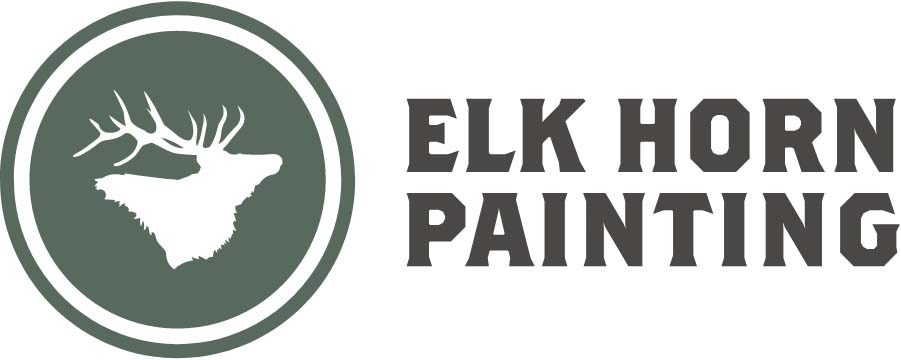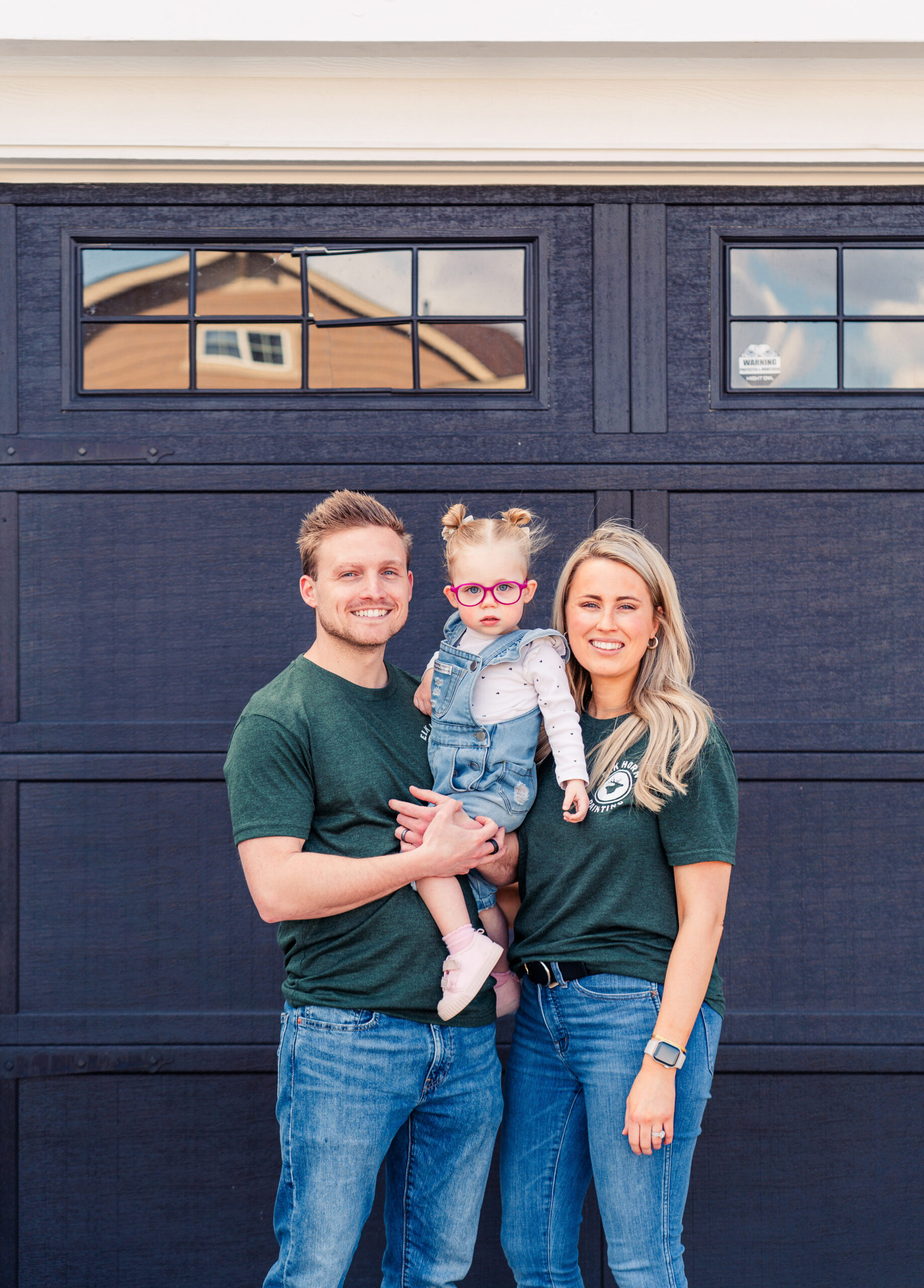Residential painting boosts your home’s aesthetics, value, and protection with a professional finish tailored to each space.
Residential Painting
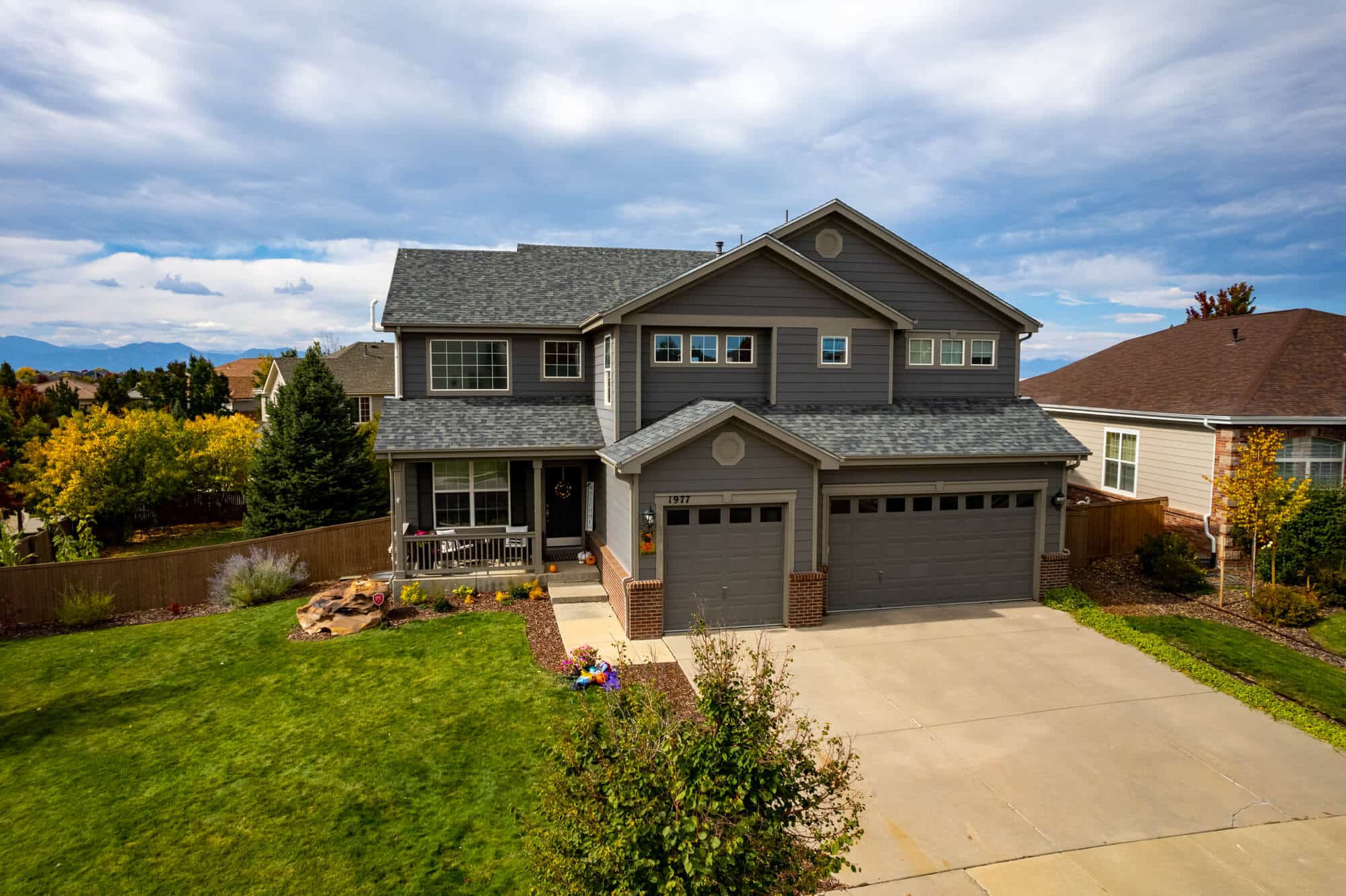
By submitting this form, you agree to receive communications per our privacy policy.
Residential Painting that Enhances
Your Home’s Value and Appeal
Residential painting is more than just adding color—it’s about enhancing your living space and boosting its value. A professional paint job elevates your home’s aesthetics and protects surfaces from wear, weather, and damage. With expert techniques and high-quality finishes, residential painting delivers lasting beauty while increasing your home’s market appeal.
Beyond appearance, residential painting also improves indoor air quality when using low-VOC or eco-friendly paints, making it a healthier choice for families. Properly applied coatings help prevent issues like mold, mildew, and moisture damage, extending the lifespan of walls and surfaces. Additionally, choosing the right color schemes can influence mood, making spaces feel more open, inviting, or tranquil.
Whether updating a single room or undertaking a complete transformation, this guide offers the insights you need to achieve stunning results, avoid common pitfalls, and maximize your investment in residential painting.
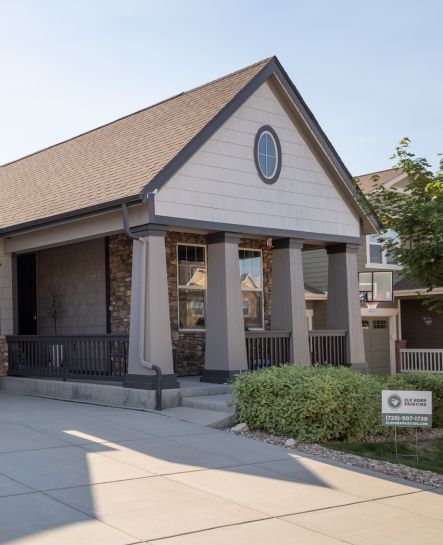
Why Residential Painting Transforms Homes
Residential painting is one of the most effective ways to enhance a home’s appearance, protect surfaces, and increase property value. A fresh coat of paint can breathe new life into any space, making interiors feel more inviting and exteriors more attractive. Whether updating outdated colors or refreshing worn-out surfaces, residential painting is a key element in home maintenance and improvement.
Hiring professional residential painters ensures high-quality results that last. Unlike DIY approaches, professionals bring expertise in surface preparation, paint selection, and application techniques, leading to a flawless finish. Additionally, professional painters can recommend durable, weather-resistant, and eco-friendly paint options that suit a home’s specific needs.
Beyond aesthetics, residential painting has a measurable impact on home value. Studies show that freshly painted homes can see a property value increase of up to 5%, making it a smart investment for homeowners planning to sell. Exterior painting also enhances curb appeal, while energy-efficient coatings help regulate indoor temperatures, reducing energy costs.
From creating a modern, stylish interior to boosting a home’s marketability, residential painting transforms homes in both look and value, making it an essential upgrade for any homeowner.
Choosing the Right Paint Types
for Residential Painting Projects
Selecting the right paint for a residential painting project is essential to achieving a beautiful, durable finish. The right choice depends on factors such as location, surface type, and exposure to moisture or sunlight. Understanding the various paint types ensures a successful and long-lasting application.
Interior Paint Types
When it comes to residential painting for interiors, choosing the correct paint finish affects both aesthetics and functionality.
- Matte – Ideal for low-traffic areas such as bedrooms and ceilings. This finish hides imperfections well but can be harder to clean.
- Satin – A versatile choice that offers a soft sheen, making it great for family spaces like living rooms and hallways. It is durable and easy to wipe clean.
- Gloss – Highly reflective and resistant to moisture, gloss finishes are perfect for trim, cabinetry, and doors, where a sleek, polished look is desired.
Other interior options include semi-gloss, which is a middle ground between satin and gloss, providing durability with a subtle shine. Eggshell is another common choice, offering a soft, velvety finish that is slightly more durable than matte but less reflective than satin.
Exterior Paint Types
Exterior residential painting requires durable, weather-resistant paint to withstand changing conditions.
- Acrylic – A popular choice for exteriors due to its flexibility and resistance to cracking. It also provides excellent adhesion and color retention.
- Oil-based – Known for its durability, oil-based paint creates a hard, long-lasting finish but takes longer to dry and may emit strong fumes.
- Elastomeric coatings – Designed for extreme weather conditions, these coatings expand and contract, preventing cracks and providing superior protection.
Another key consideration for exterior paints is fade resistance. UV exposure can cause colors to dull over time, so high-quality exterior paints include UV inhibitors to maintain vibrancy.
Specialty Paints
Some residential painting projects require specialized paints to address specific needs.
- Eco-friendly paints – Low-VOC and non-toxic, these are ideal for improving indoor air quality while reducing environmental impact.
- Stain-resistant coatings – Perfect for high-traffic areas, these paints resist dirt, smudges, and spills, making them easier to clean.
- Moisture-resistant and UV-blocking paints – Essential for humid spaces like bathrooms or areas exposed to strong sunlight to prevent mold, mildew, and fading.
For homes in coastal areas, salt-resistant coatings can prevent corrosion and paint deterioration caused by salty air. Additionally, mildew-resistant paints are particularly beneficial in damp environments where mold growth is a concern.
While DIY paint options are available, professional-grade paints offer better coverage, longevity, and durability. Investing in high-quality residential painting products ensures a superior finish that stands the test of time. A professional can also help homeowners choose the best formulations for their specific environment and needs, reducing maintenance and touch-ups in the long run.
Popular Room Types for Residential Painting
Residential painting is more than just applying color to walls—it’s about enhancing the ambiance, functionality, and durability of each space.
Living Rooms: Creating a Welcoming Ambiance
The living room is the heart of a home, making color choice essential for setting the right tone. Warm neutrals like beige and taupe create a cozy feel, while muted greens and blues add a refreshing touch. Satin or eggshell finishes work best, offering durability without excessive shine.
Kitchens: Durable and Easy-to-Clean Finishes
In kitchens, walls must withstand heat, grease, and stains. A semi-gloss or satin finish is ideal for easy cleaning and moisture resistance. Popular colors include crisp whites, soft grays, and light blues, which create a fresh and airy feel.
Bedrooms: Tranquil and Restful Spaces
Bedrooms should promote relaxation, making matte or satin finishes perfect for a soft, non-reflective surface. Cool blues, soft pastels, and warm earthy tones are excellent choices for a calming effect.
Bathrooms: Combatting Moisture with the Right Paint
Moisture and humidity make semi-gloss or high-gloss finishes necessary in bathrooms. Light colors such as whites, aqua, and soft grays create a clean and spa-like environment while preventing mold and mildew growth.
Hallways & Staircases: High-Traffic Durability
These areas endure constant wear and tear, so a satin or eggshell finish is ideal for easy cleaning and durability. Off-whites, beiges, and muted earth tones help maintain a bright and open feel.
Exterior Spaces: Enhancing Curb Appeal
For outdoor areas, UV-resistant paints like acrylic latex provide longevity and weather protection. Classic whites, navy blues, and earth tones improve curb appeal while ensuring durability against harsh elements. Choosing fade-resistant paints is critical to maintaining vibrant color over time.
By selecting the right finishes and colors, homeowners can achieve long-lasting beauty and protection for their residential spaces while ensuring practicality and ease of maintenance.
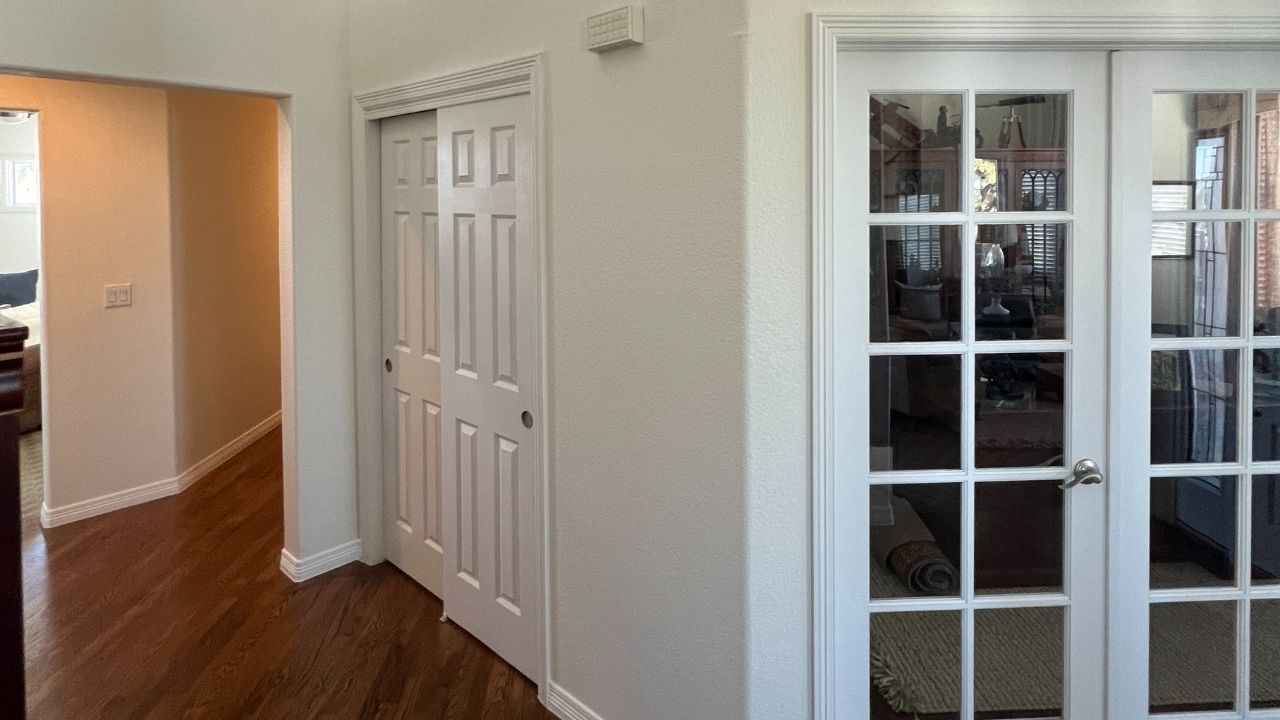
Essential Preparation Techniques
for Perfect Residential Painting Results
Proper preparation is the foundation of a flawless residential painting project. Skipping this crucial step can lead to uneven finishes, poor adhesion, and a shorter paint lifespan. Follow these essential preparation techniques to ensure a smooth, professional-quality result.
1. Surface Cleaning & Sanding
Dirt, grease, and dust can prevent paint from adhering properly, leading to premature peeling or uneven coverage. Before painting, clean surfaces thoroughly with a mild detergent or degreaser, especially in high-use areas like kitchens, hallways, and bathrooms where buildup is common. Sanding removes old paint flakes, smooths out imperfections, and helps the new paint bond effectively, creating an even, professional-quality base for fresh paint application.
2. Repairing Cracks and Holes
Small holes, cracks, or dents can become highly visible under a new coat of paint. Fill gaps with spackle or wood filler, then sand the area smooth once dry. For larger damages, a patching compound or drywall repair may be necessary. Addressing these imperfections ensures a uniform and professional finish.
3. Priming for Adhesion and Longevity
Primer creates a stable surface for paint, improves adhesion, and enhances color uniformity. It is essential when painting over dark colors, bare drywall, or porous surfaces like wood and masonry. Using the right primer prevents peeling and extends the durability of your residential painting project.
4. Masking & Covering Furniture and Floors
Protecting surrounding areas is key to avoiding paint splatters and drips. Use drop cloths to cover floors and plastic sheeting or painter’s tape to shield furniture, baseboards, and fixtures. This step minimizes cleanup and maintains a neat workspace.
5. Safety Precautions
Proper ventilation is critical when working with paint, especially indoors. Use protective gear, including gloves, safety goggles, and respirators when handling chemicals or sanding surfaces. If working on high areas, ensure ladders are stable and secure.
Following these preparation techniques guarantees a residential painting project with professional, long-lasting results.
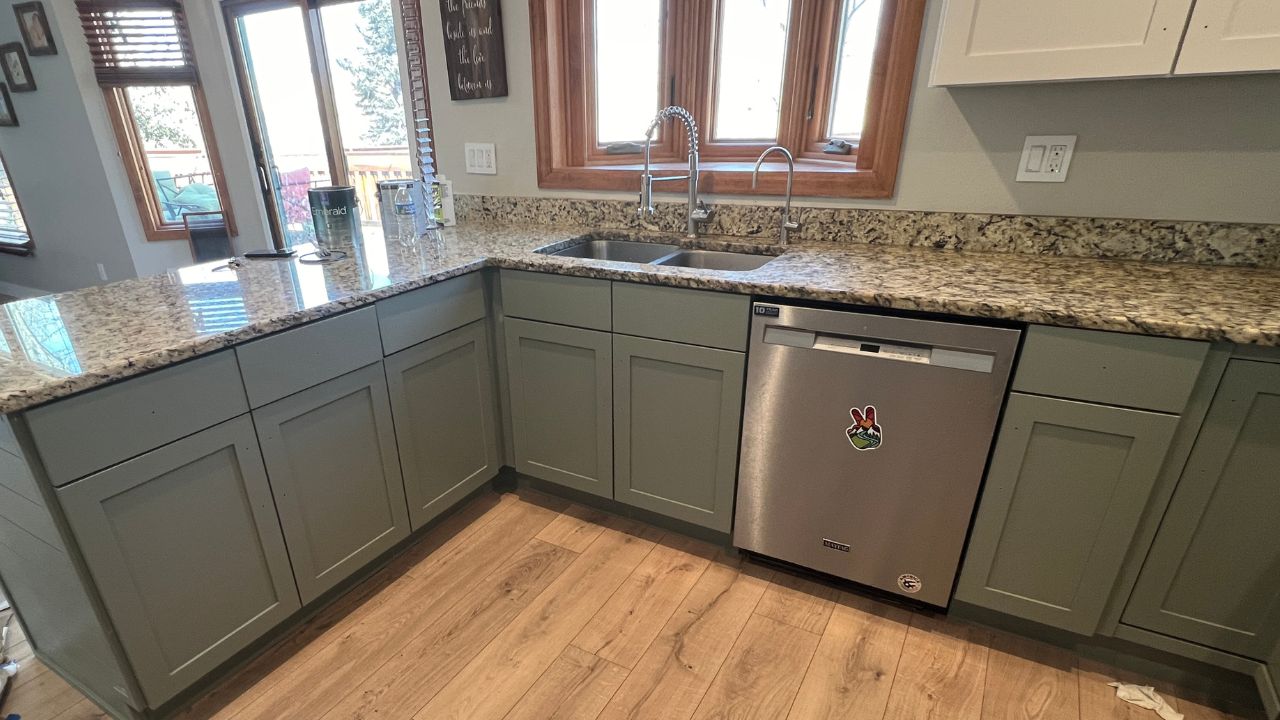
Tailoring Residential Painting To Fit Client Preferences
Achieving the perfect look for your home through residential painting requires more than just selecting a color—it’s about creating a space that reflects your personality, complements your home’s architecture, and meets your practical needs.
Matching Paint Choices with Architectural Style
The right paint should complement your home’s design elements. For example:
- Modern Homes – Crisp whites, charcoal grays, and bold accent walls.
- Traditional Homes – Soft neutrals, earth tones, and classic whites for trim.
- Victorian or Historic Homes – Rich jewel tones or era-appropriate muted shades.
- Farmhouse Style – Warm whites, muted greens, and soft grays.
Importance of Visual Mockups
Many homeowners struggle to envision how a paint color will look on their walls. Digital visualizers and paint samples help eliminate guesswork by allowing clients to preview colors under different lighting conditions. This step is crucial before committing to a final shade.
Addressing Concerns: Timing, Cleanliness, and Disruption
Clients often worry about the painting process disrupting their daily routine. Professional residential painting services follow a structured approach to minimize inconvenience:
- Project Scheduling – Setting a timeline that works around the homeowner’s schedule.
- Cleanliness Measures – Covering furniture, floors, and ensuring a dust-free environment.
- Efficient Work Process – Using quick-drying paints and strategic scheduling for minimal downtime.
Personalized Color and Finish Selections
Choosing the right color and finish is essential for setting the mood and functionality of a space. Different finishes offer varying levels of durability and aesthetic appeal:
Color psychology also plays a role in residential painting. Warmer tones (reds, yellows) create an inviting atmosphere, while cooler shades (blues, greens) evoke calmness. Neutrals remain a top choice for flexibility and resale value.
By prioritizing personalization and careful planning, residential painting professionals help clients achieve a result that enhances both the beauty and functionality of their homes.
Popular Trends in Residential Painting
Residential painting trends evolve to reflect modern aesthetics, sustainability, and homeowner preferences. Whether you’re looking for a timeless update or a bold statement, staying informed on the latest painting trends can help transform your space with style and sophistication.
Trending Color Palettes
The right color scheme can set the mood for a home. Today’s popular residential painting palettes focus on versatility and elegance:
- Neutral tones – Soft beiges, warm whites, and greige (gray-beige) create a sophisticated and timeless look.
- Bold accents – Deep blues, emerald greens, and rich terracottas add personality and contrast.
- Earthy shades – Warm browns, muted greens, and terracotta-inspired hues bring a natural, organic feel to interiors.
Accent Walls & Textured Finishes
Accent walls remain a top choice for adding depth and interest to a room. Whether using bold colors or intricate patterns, they create a striking focal point. Textured finishes, such as brushed suede, limewash effects, or Venetian plaster, introduce a tactile element that enhances visual appeal and adds character. These techniques work well in living rooms, bedrooms, and even home offices, providing dimension and warmth. Additionally, combining textures with complementary colors can further elevate the design, making spaces feel more dynamic and visually engaging while maintaining a cohesive and stylish look.
Faux Painting Techniques
For a luxurious look without the cost of premium materials, faux painting techniques are gaining popularity. Some trending options include:
- Marble finishes – Achieve a high-end, polished aesthetic.
- Wood grain effects – Ideal for creating a rustic or farmhouse-inspired ambiance.
- Stone textures – Mimic natural stone surfaces for added dimension.
Optical Illusions with Paint
Strategic painting techniques can transform a room’s perceived space:
- Vertical stripes make ceilings appear higher.
- Darker colors on a single wall create depth and contrast.
- Lighter shades reflect more light, making small rooms feel larger.
Sustainable & Eco-Friendly Painting Trends
As homeowners prioritize health and sustainability, Low-VOC and eco-friendly paints have become a key trend in residential painting. These paints improve indoor air quality while reducing environmental impact, making them an excellent choice for conscious homeowners.
By incorporating these trends, homeowners can create a stylish, modern, and personalized space that aligns with both design preferences and sustainability goals.
Professional Tools and Equipment
for Exceptional Residential Painting
Achieving a flawless residential painting finish requires more than just skill—it depends on using the right tools. Professional painters rely on high-quality equipment to ensure precision, efficiency, and durability in every project.
Essential Painting Tools
Professional painters use a variety of tools to achieve smooth, even coverage:
- Brushes – High-quality bristle brushes allow precise cutting-in and detail work.
- Rollers – Available in different nap lengths to match surface textures for even application.
- Sprayers – Ideal for large surfaces, providing a uniform finish in less time.
- Ladders and Scaffolding – Ensure safe access to high walls, ceilings, and exterior surfaces.
Advanced Surface Preparation Equipment
Preparation is key to a lasting paint job. Professionals use:
- Sanders – Smooth rough surfaces and remove old paint for better adhesion.
- Heat Guns – Soften old paint for easy removal.
- Scrapers – Remove peeling or flaking paint for a clean base.
Safety Gear for Residential Painting
Protective equipment is essential for both painters and homeowners:
- Respirators and masks – Prevent inhalation of fumes and dust, especially in poorly ventilated areas.
- Gloves and coveralls – Shield skin from chemicals, stains, and potential irritants in paint formulas.
- Protective eyewear – Prevent paint splatters, debris, and sanding dust from causing injuries.
- Non-slip footwear – Provides stability on ladders and slippery surfaces, reducing fall risks.
Professional Tools vs. DIY Alternatives
While DIY painters use basic brushes and rollers, professionals invest in high-performance sprayers, precision cutting tools, and industrial-grade sanders, leading to superior, long-lasting results. They also use dust-free sanding systems and specialty primers to ensure smooth, even finishes.
Commercial-grade extension poles and edging tools allow for precise application in hard-to-reach areas, reducing streaks and uneven lines. Advanced paint mixers ensure consistent color and texture, eliminating issues like patchiness. The right equipment makes a significant difference in both the efficiency and quality of a residential painting project, minimizing costly mistakes and maximizing durability.
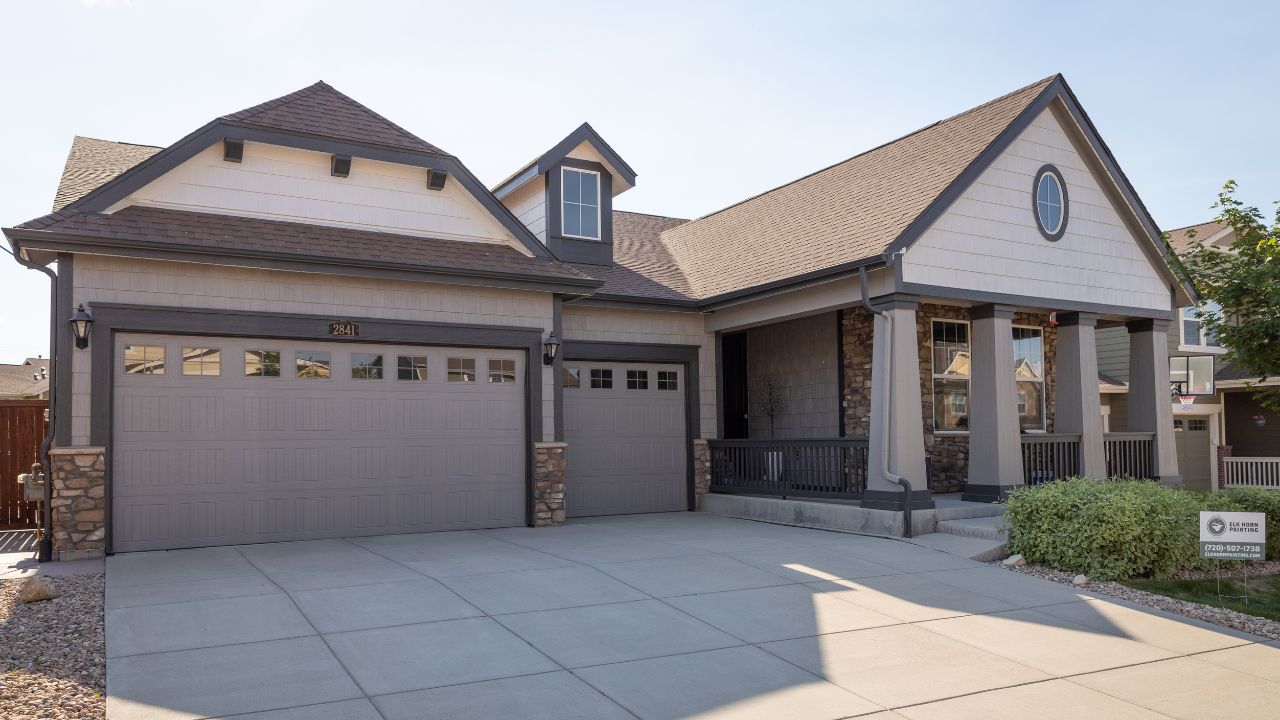
Understanding Residential Painting Costs
When planning a residential painting project, understanding cost factors can help homeowners budget effectively and make informed decisions. A well-planned budget ensures that you get the best value for your investment while achieving high-quality results.
How Professional Painters Estimate Costs
Professional painters typically charge per square foot, with interior painting averaging $2–$6 per sq. ft. and exterior projects costing $3–$7 per sq. ft.. The estimate includes materials, labor, prep work, and clean-up.
Budgeting Tips for Homeowners
- Request multiple quotes to compare services and pricing.
- Choose quality over cheap options—premium paint lasts longer and requires fewer repaints.
- Bundle projects (e.g., painting multiple rooms) to get discounts.
- Consider seasonal discounts, as some painters offer lower rates in off-peak months.
Breakdown of Residential Painting Costs
Overcoming Common Challenges
in Residential Painting Projects
Even with careful planning, residential painting projects can face obstacles that impact the final result. From surface imperfections to environmental factors, addressing these challenges proactively ensures a smooth, durable finish.
Common Residential Painting Problems & Solutions
- Uneven Surfaces & Peeling Paint
Older homes often have layers of old paint that peel or create uneven textures. - Solution: Proper surface preparation is key. Scraping loose paint, sanding rough spots, and applying a high-quality primer create a smooth foundation for new paint to adhere properly.
- Water Damage & Poor Adhesion
Moisture from leaks or high humidity can weaken paint adhesion, leading to bubbling or discoloration. - Solution: Identify and repair leaks before painting. For humid areas like bathrooms, use moisture-resistant primers and paints designed to prevent mold and mildew growth.
- Weather Conditions Impacting Exterior Painting
Exterior residential painting is highly dependent on temperature and humidity. Too much moisture or extreme temperatures can cause cracking or slow drying times. - Solution: Paint during optimal conditions—moderate temperatures and low humidity. Use weather-resistant paints formulated to withstand UV exposure and temperature fluctuations.
- Bubbling, Streaking, & Other Imperfections
Bubbling often occurs due to trapped moisture, while streaking results from uneven application. - Solution: Apply paint in thin, even layers using quality brushes and rollers. Allow proper drying time between coats to prevent moisture entrapment.
Professional painters address these issues daily, using premium materials and proven techniques to achieve lasting results. They assess surface conditions, choose the right primers and paints, and apply coatings with precision to prevent failures. Proper timing, application methods, and high-quality tools help ensure durability, even in challenging environments. Whether tackling an interior refresh or an exterior makeover, being aware of these common challenges ensures a flawless residential painting finish that stands the test of time.
Residential Painting FAQs
Residential Painting Done Right by Elk Horn Painting – Quality You Can Trust
Choosing the right team for your residential painting project makes all the difference. At Elk Horn Painting, we bring years of experience, unmatched craftsmanship, and a commitment to customer satisfaction. Our professional painters deliver flawless results, enhancing both the beauty and value of your home. Whether you’re refreshing interiors or updating exteriors, trust our expertise for a seamless, high-quality finish.
Get a free residential painting estimate today!
Call (720) 571-7277 and let Elk Horn Painting bring your vision to life. Your home deserves the best—experience the Elk Horn Painting difference!
Residential Painting Castle Rock
Elk Horn Painting is your trusted local painting contractor, specializing in residential, HOA, and commercial painting projects, including multiplexes and office buildings. Serving Castle Rock, Castle Pines, Lone Tree, Franktown, Elizabeth, Sedalia, Larkspur, and the greater South Metro Denver area, we are Google Guaranteed and 5-star reviewed. Since 2016, our expert painters have delivered top-quality interior painting and exterior painting services for homes, condos, townhouses, apartments, and commercial buildings. Whether you’re looking for “painters near me,” “painting companies near me,” “interior painters near me,” or “commercial painters,” Elk Horn Painting is the clear choice. Schedule your free quote today!
